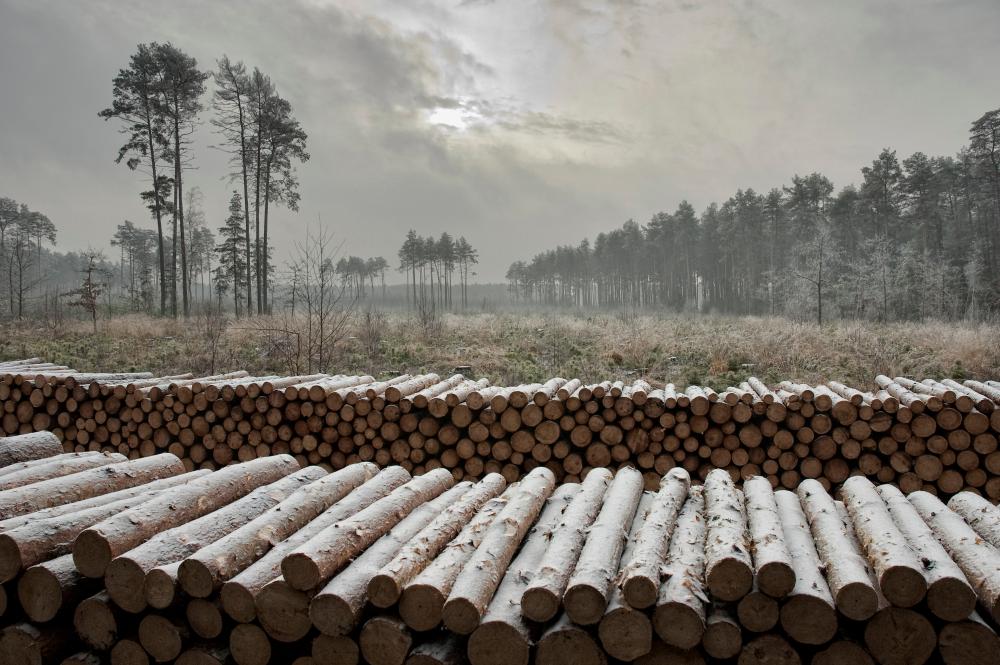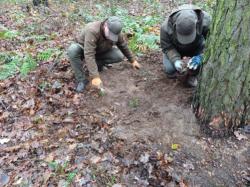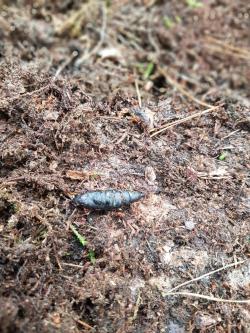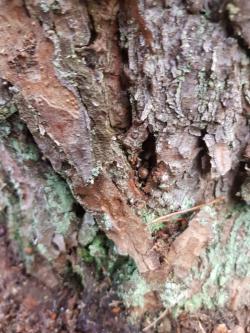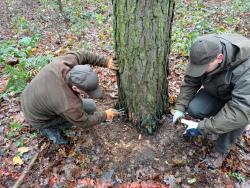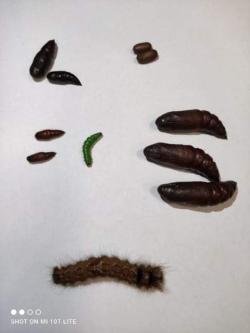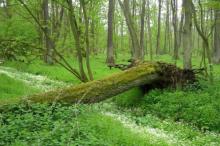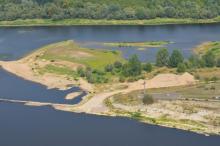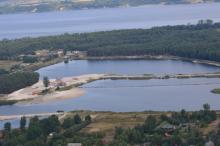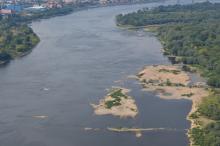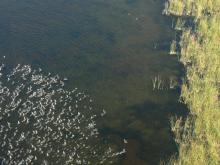 Asset Publisher
Asset Publisher
Sale conditions
Sale conditions of wood are specified by the regulation of Director – General of the Sate Forests.
Within the framework of the individual sale , the foresters try to meet the fast growing demand, because more and more people use wood in order to heat their houses. Contrary to general opinion, these are not only village people, even though they prevail among recipients. The growth of firewood demand is the result of occurrence of new housing estates built in the suburbs of large agglomerations, where houses are usually equipped in fireplace heating installations.
Firewood is not only the most ecological heat source, but also is much more attractive in respect of relation of price and electric efficiency, rather than cola, oil, gas or electric power.
In recent years, the Sate Forests increased the sale of firewood of one third – up to over 4 million cubic meters annually. Firewood is not only the most ecological heat source, but also is much more attractive in respect of relation of price and electric efficiency, rather than cola, oil, gas or electric power. Some of customers choose already prepared and cut into pieces wood, the others very willingly obtain it by themselves after arranging all details and fulfilling particular safety conditions, and after paying the fee; that concerns mainly so called "thinnings". Such a raw material is very cheap, that is why many people from village areas profit from such possibility.
 Asset Publisher
Asset Publisher
Jesienna prognoza – czego szuka leśnik w lesie
Jesienna prognoza – czego szuka leśnik w lesie
Jesienią leśnicy rozpoczynają poszukiwania szkodników pierwotnych sosny. Właściwą porą wykonywania poszukiwań jest późna jesień, przed nadejściem mrozów i wystąpieniem trwałej pokrywy śnieżnej. Dokładny termin rozpoczęcia poszukiwań dla poszczególnych regionów kraju, na podstawie wieloletnich obserwacji, określa właściwy terytorialnie Zespół Ochrony Lasu (ZOL). Dla Nadleśnictwa Włocławek jest to ZOL w Gdańsku.
Jesienne poszukiwania szkodników pierwotnych sosny wykonuje się corocznie w stałych partiach kontrolnych (PK), wyznaczanych w drzewostanach sosnowych lub wielogatunkowych z przewagą sosny w wieku powyżej 20 lat.
Poszukiwania służą ocenie zagrożenia drzewostanów sosnowych przez szkodniki liściożerne, takie jak:
- strzygonia choinówka – Panolis flammea (Den. et Schiff.),
- poproch cetyniak – Bupalus piniaria (L.),
- siwiotek borowiec (zawisak borowiec) – Hyloicus pinastri (L.),
- barczatka sosnówka – Dendrolimus pini (L.),
- osnuja gwiaździsta – Acantholyda posticalis Mats.
- gatunki z rodziny borecznikowatych - Diprionidae
Podczas poszukiwań niezbędne są:
- motyczki lub pazurki ogrodnicze,
- pudełka do zbierania i przechowywania zebranych owadów,
- dobry wzrok 😊.
Zebrane owady, umieszcza się w jednym opisanym pudełku (nadleśnictwo, leśnictwo, oddział oraz numer partii kontrolnej). Pudełka z owadami i wypełniony formularz nr 11 leśniczowie dostarczają do nadleśnictwa, które po ich sprawdzeniu dalej są przekazywane do właściwego terytorialnie Zespołu Ochrony Lasu (ZOL), gdzie dokonywana jest analiza zebranego materiału.


